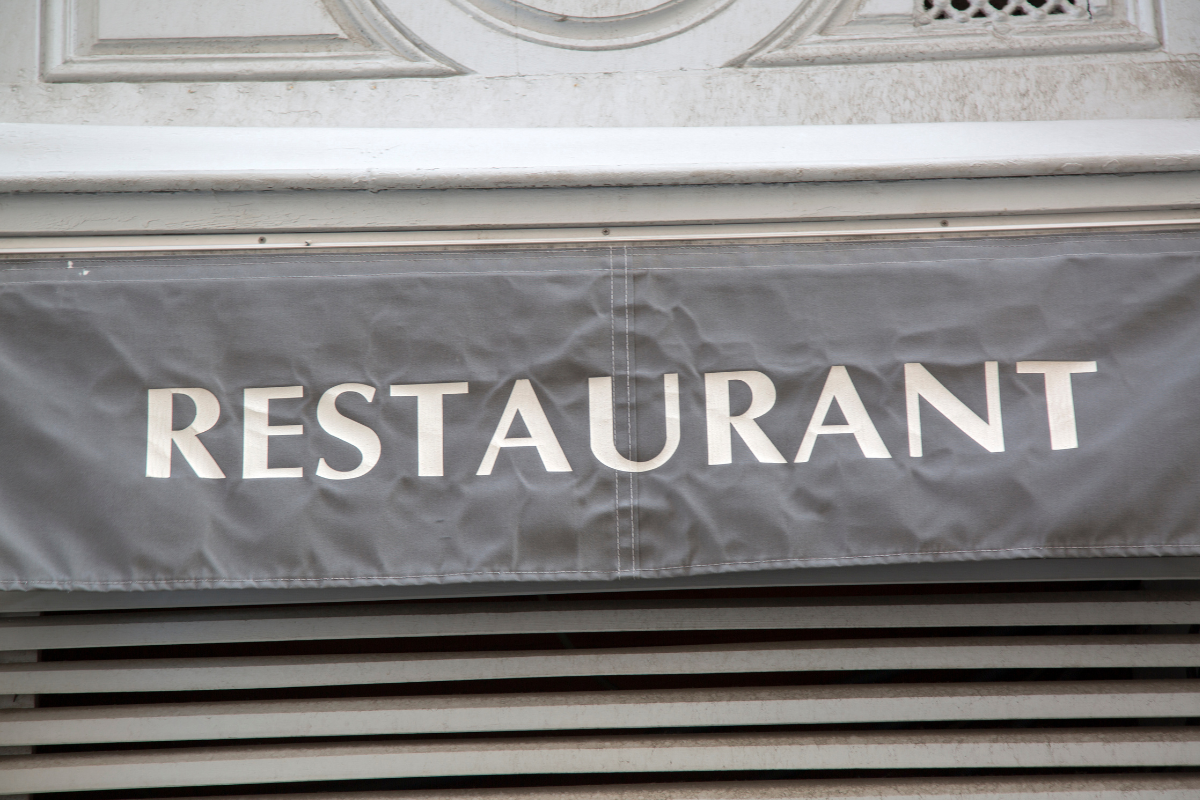Choosing the perfect name for a restaurant is an art form, fraught with the potential to allure or repel prospective diners. It’s the first taste of your brand’s flavor and an invitation to discover the culinary adventures that lie within its walls. In this guide, we’ll walk you through the creative process of naming your restaurant, providing you with the ingredients needed to concoct a name that resonates with your theme, entices your target audience, and stands the test of time. Ready to leave a lasting impression? Let’s dive in.
Finding the Perfect Name for Your Restaurant
Selecting the right name for your restaurant involves a balanced mix of creativity, strategic thinking, and market analysis. The name should not only resonate with the theme and the cuisine you’re offering but also captivate your target audience’s curiosity, compelling them to step through your doors. Begin by brainstorming a list that reflects the essence, ambiance, and the unique culinary experience your restaurant promises to deliver. Consider incorporating elements related to the location, historical references, or culturally significant words, ensuring they are easy to remember and pronounce. An effective name sets the tone for the dining experience, creating an emotional connection with diners even before their first visit. It’s crucial to research and ensure that your chosen name hasn’t been trademarked or is overly similar to nearby competitors. This diligence will help you avoid potential legal issues and confusion in the market.
Building Your Brand Identity
Your restaurant’s name is the cornerstone of your brand identity. It influences the design of your logo, décor, menu, and marketing strategies, forming a cohesive narrative that tells your story. When selecting a name, think about the visual components it inspires. Does it suggest a particular color scheme, font style, or motif? These elements are integral as they enhance brand recall and differentiate you from the competition. In addition, soliciting feedback on your name choices can provide valuable insights. Share your top picks with friends, family, or potential customers, and pay attention to their reactions and associations. This feedback can reveal subconscious connotations and help you gauge overall appeal. Remember, a compelling and memorable name is a powerful tool in establishing your restaurant’s identity and ensuring its success in a competitive industry.
Crafting a Unique Name
Choosing the right name for your restaurant is a critical step towards creating its identity and ensuring its success. A name isn’t just a label; it’s the first impression, a brand promise, and an invitation to what lies within your establishment. To craft a unique name, start by considering the essence of your restaurant. This encompasses its cuisine, atmosphere, location, and the story you want to tell. These elements should harmonize to inspire a name that resonates with your target audience and communicates the experience of dining with you.
Another strategy is to play with words or phrases that reflect the ambiance and food you serve but with a creative twist. Consider using puns, foreign words, or historical references that are relevant to your concept. However, it’s essential to ensure that the name is easy to remember, spell, and pronounce for a wide audience. A memorable name sticks in the minds of potential customers, increasing the likelihood of them visiting your restaurant. Additionally, conduct a thorough search to ensure that your chosen name isn’t already taken or trademarked, which could lead to legal complications down the road.
Ultimately, a thoughtful approach to naming your restaurant can significantly influence its branding and customer appeal. By blending creativity with strategic thinking, you can devise a unique name that captures the imagination and entices diners. Remember, a name that tells a story or evokes a specific feeling can be a powerful marketing tool, setting the stage for your restaurant’s story to unfold.
Understanding Your Theme
Before settling on the *perfect* name for your restaurant, comprehending its theme is paramount. The theme is not just the decor; it’s the soul of your restaurant, dictating everything from the menu to the customer experience. Whether it’s a cozy French bistro, a vibrant Mexican cantina, or an ultra-modern fusion eatery, the name of your restaurant should reflect its core essence.
Begin by envisioning the atmosphere you wish to create. Is it casual or formal? Traditional or avant-garde? This will help narrow down your naming options to those that conjure the right imagery and emotions in potential diners. For instance, a casual Italian trattoria might opt for a playful, easy-to-remember name, while a high-end French restaurant could lean towards something more elegant and refined.
The semantic field around your theme is a rich source of inspiration. Delve into words and phrases related to your cuisine, culture, location, or any unique aspect of your establishment. This could include geographical landmarks, local slang, or culinary terms. Below is a table of thematic inspirations to kickstart your brainstorming process based on common restaurant themes:
| Theme | Inspiration | Example Names |
|---|---|---|
| Italian | Regions of Italy, Italian cuisine terms | Trattoria Toscana, Bella Pasta |
| Seafood | Coastal landmarks, marine life | The Oyster Shell, Blue Marlin Bistro |
| French | French cities, culinary phrases | Le Petit Paris, Bistro Beaujolais |
Remember, a well-chosen name is a powerful branding tool that can evoke curiosity, convey your concept, and make your restaurant memorable in the crowded hospitality landscape.
Geo-Tagging in Names
Choosing a restaurant name with geo-tagging involves integrating the name of a location or geographic feature into the business name. This approach not only conveys the restaurant’s location but can also evoke certain emotions, associations, or expectations about the cuisine or dining experience. It’s a remarkably effective method for businesses aiming to establish a strong local identity or appeal to tourists seeking an authentic regional experience.
When considering geo-tagging, it’s important to select a location that resonates with your restaurant’s concept and target audience. A well-chosen geographic tag can position your restaurant within its community or highlight a unique feature of its surroundings. For instance, naming a seafood restaurant “Pacific Bounty” can immediately suggest freshness and a specific type of catch to potential customers, leveraging the reputation of the Pacific region for high-quality seafood. Similarly, “The Old Town Bistro” can evoke a sense of history and tradition, appealing to customers looking for a dining experience with a story.
However, it’s crucial to avoid overused or vague geographic references that don’t add distinctiveness to your restaurant’s brand. Unique and carefully chosen geo-tags can make your restaurant stand out in a crowded marketplace. Additionally, incorporating a local landmark or emblematic aspect of the geography can not only enhance brand recall but also foster a deeper connection with the local community. Remember, the objective is to embed your restaurant in the minds and maps of your target diners, making it a landmark in its own right.

